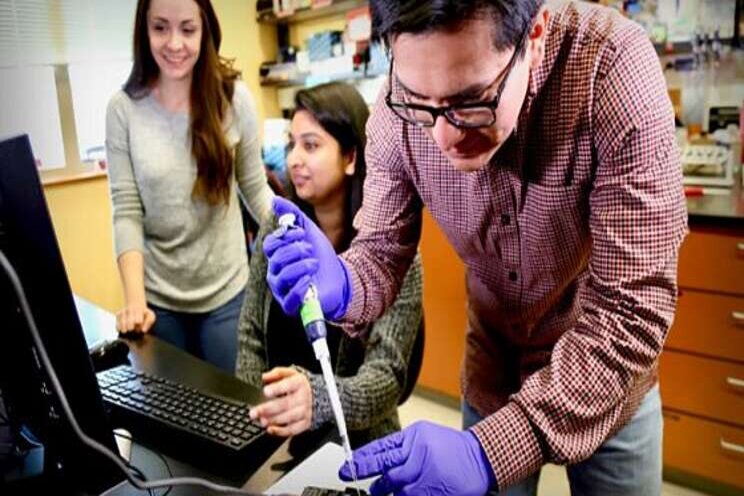New tech to identify plant pathogen strains
Added on 26 February 2020

Scientists at Virginia Tech have applied genetic sequencing technologies to identify diseases in crops. They combined the power of DNA sequencing with the power of new computer algorithms to interpret the DNA sequences to precisely and quickly identify pathogens.
In a study, the scientists wanted to determine if an Oxford Nanopore Sequencing MinION device and a combination of different bioinformatic programs and sequence databases would be successful in identifying bacterial pathogens down to the exact outbreak strain.
Xanthomonas perforans
When tested on tomato plants grown on the Eastern Shore of Virginia, the MinION device recognised Xanthomonas perforans, a proteobacteria responsible for bacterial leaf spot in tomato plants, as the pathogen in question.
Strain identification
The team was even able to make their identifications down to the strain level. Strain identification poses a serious challenge to scientists because strains can be difficult to distinguish from one another. Without the proper technology and databases, new strains could be misidentified and the diseases they cause go untreated.
Deployed in the field
According to Virginia Tech, the technology could eventually be deployed in the field, along with automated sampling devices from the SmartFarm Innovation Network, an initiative of Virginia Tech's College of Agriculture and Life Sciences, to develop and deploy innovative technologies in food, agricultural, and natural resources production systems in Virginia.
Save growers a lot of money
The researchers say that the Oxford Nanopore Sequencing MinION device is one of those technologies that will really have an impact and will save growers a lot of money. By being fast and more precise in identifying diseases, growers can intervene early and manage diseases effectively, thus reducing losses in crop yield and quality.
Click here for more information.
Photo Courtesy of Alex Crookshanks for Virginia Tech.
Source: Future Farming
More news















